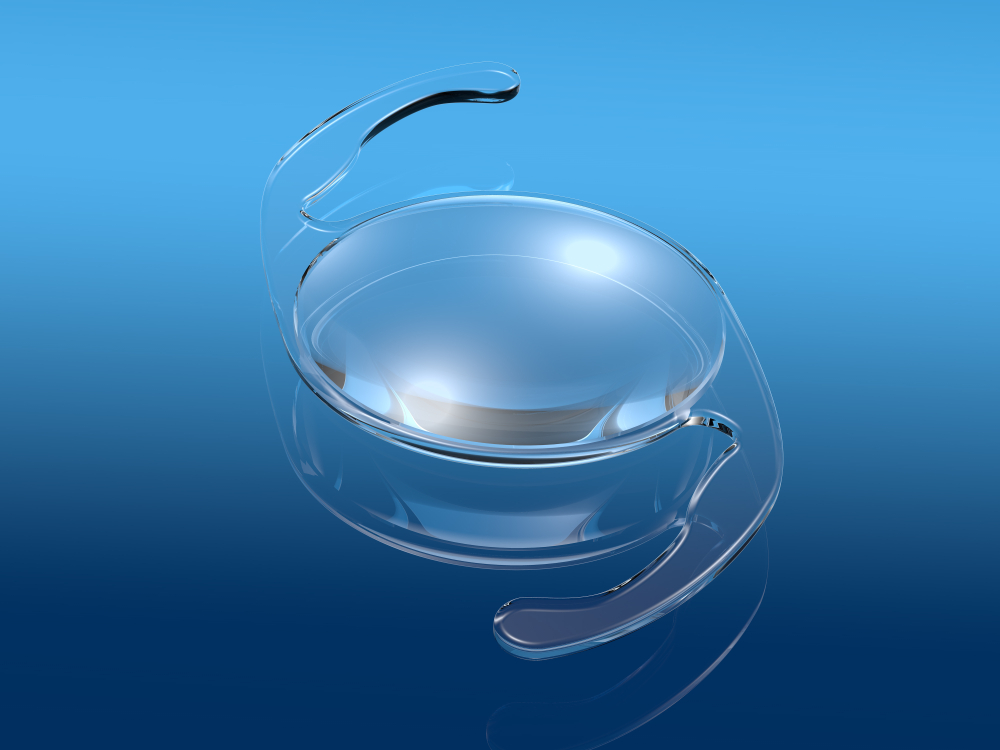Cataract Surgery
Cataract Surgery
Cataracts are the most common cause of vision loss in adults over the age of 40, which is why Whitson Vision in Indianapolis and Avon, Indiana, specializes in state-of-the-art cataract surgery. If you notice areas of blurry or cloudy vision, you may be able to improve your sight in the early stages of cataracts with new glasses however, as the cataracts invariably progress with age, surgery becomes the necessary, but highly successful method of restoring your vision. To learn more, call the office or schedule an appointment online today.
What are cataracts?
Cataracts are the cloudy appearance of the normally clear lens in your eye that slowly opacifies with age and distorts your vision. There are three common cataract types:
Generally, cataracts start out small, and you may not even notice them until you begin to have difficulty seeing clearly.
What causes cataracts?
Cataracts may be the result of aging as the protein in your eyes clumps together and forms tiny clouds on an area of your lens. Over time, as this clump continues to grow, it affects your vision. Although researchers are not completely sure why cataracts form as you get older, some contributing factors that may accelerate their growth include:
Family history also plays a part in whether you develop cataracts as some people are genetically predisposed to this condition.
What are the symptoms of cataracts?
Signs that you’re getting a cataract in your eye include:
As a cataract becomes more opacified, it increasingly clouds your vision as it distorts more of the light that passes through your lens.

Cataract Symptom Checker






Cataract Surgery at Whitson Vision

Understanding Intraocular Lens (IOL) Options
IOLs fall into two categories: Basic IOLs and Advanced Technology IOLs (ATIOL). Basic IOLs are single vision lenses that do a good job but do have some limitations. They will almost always require the patient to wear glasses after surgery to achieve their best vision. ATIOLs have been developed to fill in some of the blanks from those limitations.Today’s ATIOLs allow many patients to reduce or even eliminate dependence on glasses. Options include Multifocal, Toric, Extended Depth of Focus and Light Adjustable lenses tailored to suit various vision needs. The doctors and staff at Whitson Vision will help you to understand these various IOL options, discuss what IOLs may be the best choice in your particular situation, explain why some IOL options may not be the right choice for you and will be able to answer whatever questions you may have.
Explore which IOL best fits your lifestyle
What to Expect from Cataract Surgery
At Whitson Vision, cataract surgery is a straightforward, outpatient procedure. Our surgical team is dedicated to performing only eye surgery and uses state-of-the-art methods to ensure you receive the best possible care.
Procedure Overview
After numbing your eye, Dr. Whitson or Dr. Colon will make a tiny incision in the cornea to access the clouded natural lens. The cloudy cataract is gently removed, and a clear IOL is inserted to replace the affected lens. This new lens becomes a permanent part of your eye, improving vision fairly quickly — often within 24 hours.
The Surgery Day
On the day of your procedure, you’ll arrive about an hour, or so, early for some necessary paperwork and eye prep. Eye Dilating drops will be placed and a topical anesthetic will be used to numb your eye. You might receive an oral or IV sedative to help you relax, and a sterile drape will keep the area clean during the procedure.
The Steps of Surgery
1.
In about half of our patients a laser will be used as the first step to help break up the cataract into tiny pieces to facilitate safe and easy removal.
2.
A small incision is created at the edge of the cornea.
3.
The cataract is gently broken down with ultrasonic energy and removed.
4.
An IOL specifically chosen for your eye is then inserted and centered in your eye.
5.
The incision is self-sealing and rarely requires stitches, allowing for quick healing.
Recovery and Post-Op Care
Most patients notice clearer vision within 24 hours. You’ll need to use prescribed eye drops for a few weeks to prevent infection and aid healing. Avoid rubbing your eye, heavy lifting, and strenuous activity during the first week post-surgery.
After Surgery
Some itching, mild discomfort, or fluid discharge is normal as your eye heals. Use any prescribed eye drops as directed, and wear eye protection to avoid accidental contact. Complete healing usually takes about eight weeks, with regular follow-ups scheduled to monitor progress.
Ready to see clearly again?
Take the first step toward a brighter, clearer future with advanced cataract surgery at Whitson Vision. Our experienced team is here to guide you through every step of the process and answer any questions you may have.


